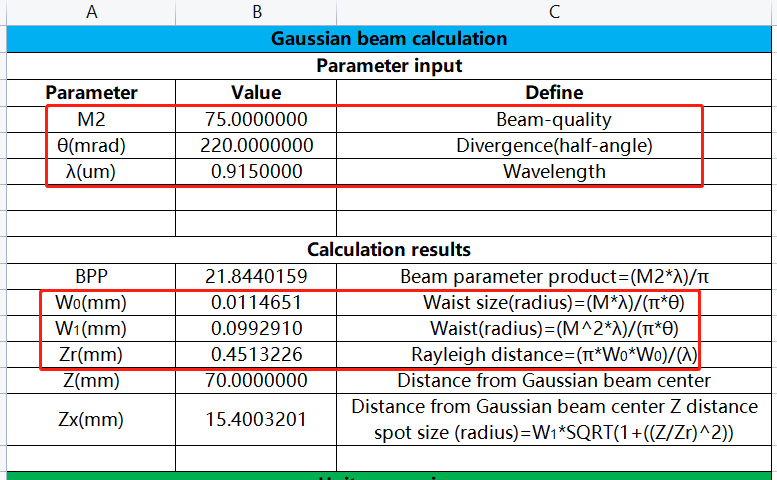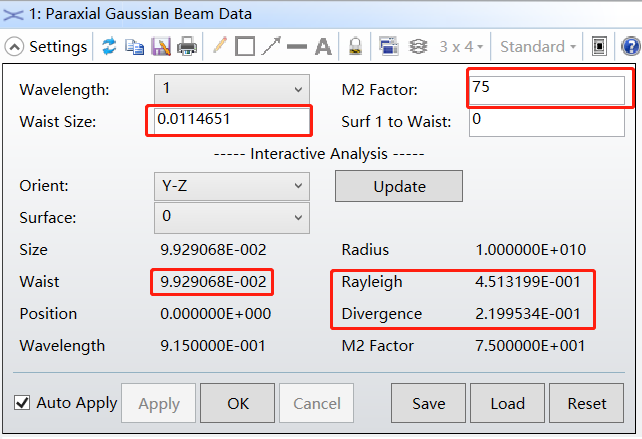Hello,
I have a very simple system consisting just of a paraxial lens in sequential mode.
Using the paraxial gaussian beam analysis mode I discovered that the M2-value does not have impact on Rayleigh range
of the beam. How can this be? From my understanding z_Rayleigh is proportional to 1/M².
https://www.primes.de/en/company/latest-news/what-aposs-new/new-detail/items/primestime-01-17-74.html
Looking into the manual I did not find any information what Zemax exactly calculates if M2>1.
Best regards
Dirk








